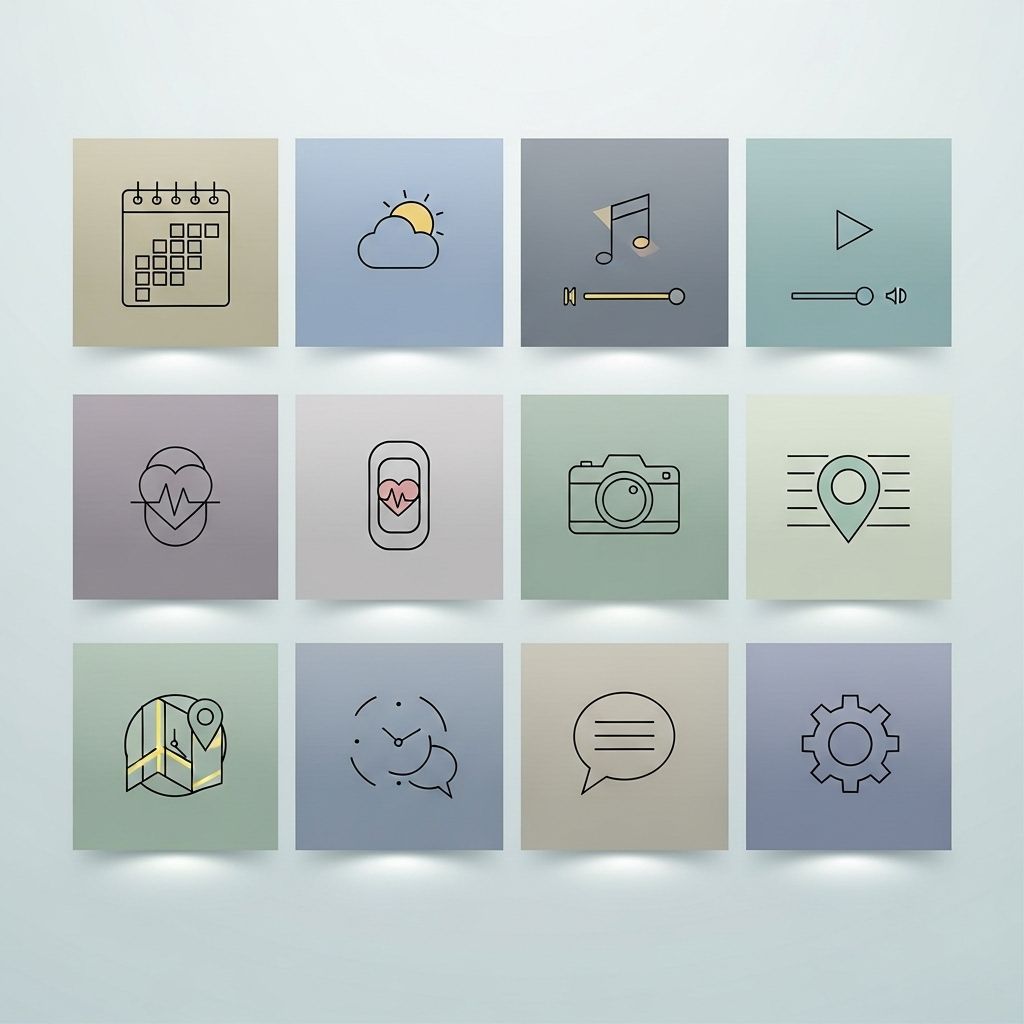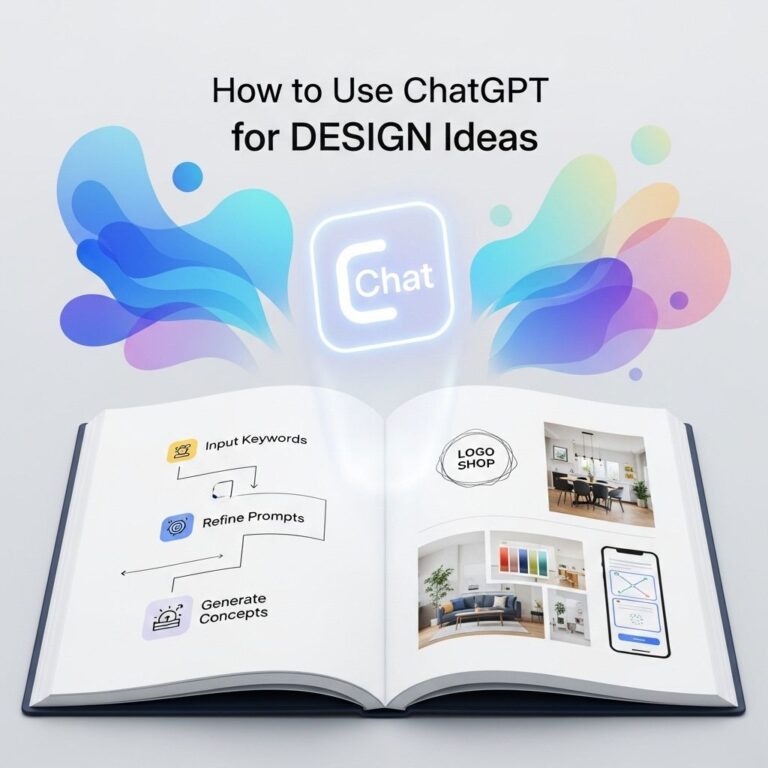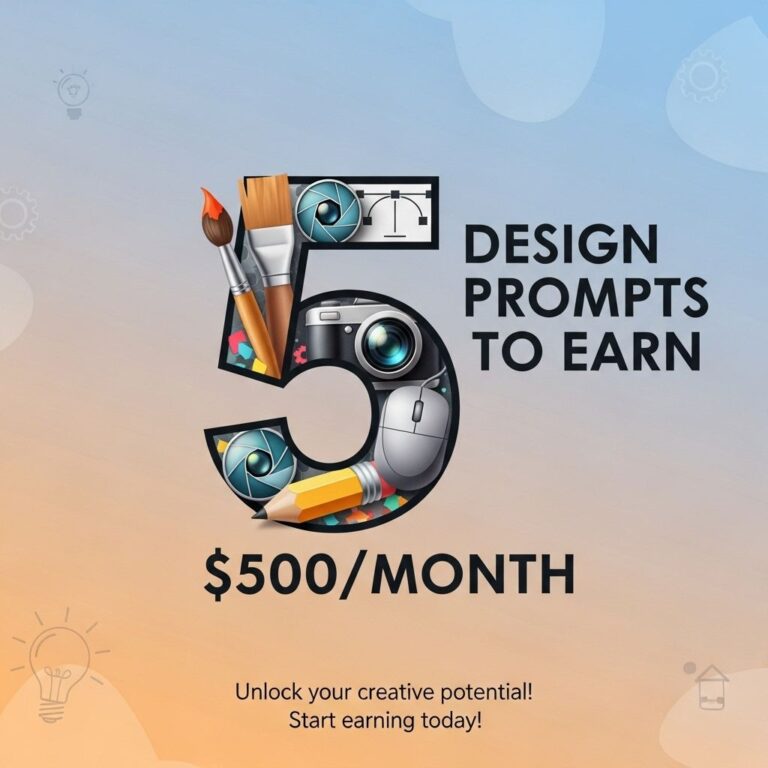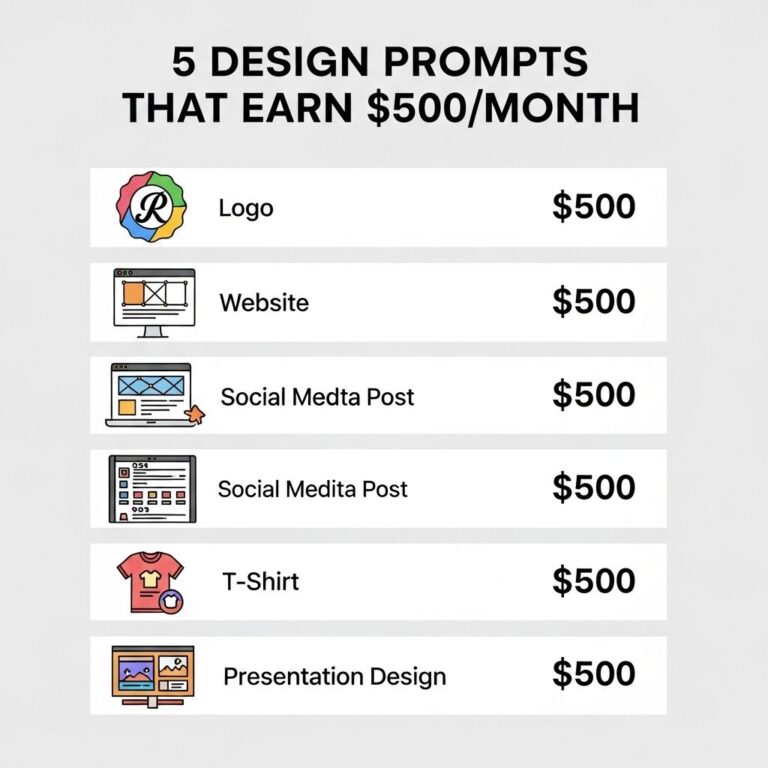In today’s fast-paced digital world, the importance of minimalist design cannot be overstated. Minimalism in app design focuses on simplicity, functionality, and an intuitive user experience. Rather than overwhelming users with cluttered interfaces, minimalist apps embrace a clean aesthetic that allows users to focus on their tasks without distractions. This article delves into ten stunning examples of minimalist app designs, showcasing their unique features and the principles that guide them.
Table of Contents
Understanding Minimalist Design Principles
Before we dive into specific app examples, it’s crucial to understand what constitutes minimalist design. Here are some core principles:
- Clarity: Every element serves a purpose and contributes to user understanding.
- Functionality: Prioritizing essential features ensures users can achieve their goals efficiently.
- Whitespace: Effective use of whitespace enhances readability and reduces visual clutter.
- Visual Hierarchy: Employing size, color, and typography to guide users through the content.
- Simplicity: Reducing elements to their essential forms while maintaining functionality.
1. Calm
Calm is a meditation app that exemplifies minimalist design through its soothing color palette and straightforward interface. Upon opening the app, users are greeted with a serene landscape that invites relaxation. Key features include:
- Simple navigation with a focus on guided meditations.
- Interactive elements that enhance user engagement without overwhelming them.
- Clean typography that promotes readability.
2. Todoist
Todoist, a task management app, stands out with its efficient organization and minimalistic approach. The user can quickly add tasks with a single tap and categorize them effortlessly. Notable design elements include:
- Color-coded project labels for easy identification.
- A streamlined interface that emphasizes the ‘Add Task’ feature.
- Daily and weekly views that keep the focus on upcoming tasks.
3. Focus@Will
Focus@Will offers users a unique blend of productivity and music to enhance concentration. The app’s minimalist design enhances its functionality by providing:
| Feature | Description |
|---|---|
| Curated Playlists | Scientifically designed music channels tailored to improve focus. |
| Simplicity | Easy-to-navigate interface with minimal distractions. |
| Timer | Built-in timer tracks work sessions seamlessly. |
4. Google Keep
Google Keep is a note-taking app that embodies the essence of minimalist design. Its simplicity allows users to capture ideas quickly. Features include:
- Sticky note-style design for easy organization.
- Color-coded notes for visual clarity.
- Simple search functionality that doesn’t overwhelm users.
5. Paper by WeTransfer
Paper is a creative sketching app that allows users to create visually stunning content with a minimalist approach. Key aspects include:
- Intuitive touch controls for an organic drawing experience.
- A limited set of tools that encourages creativity without complexity.
- Gallery view that showcases users’ works in a clean layout.
6. Headspace
Another meditation app, Headspace stands out with its friendly illustrations and calming color schemes. Its minimalist design emphasizes:
- Guided sessions presented in bite-sized formats.
- A clear progression tracking system that motivates users.
- User-friendly onboarding to introduce features gradually.
7. Simple Habit
Simple Habit is designed for busy individuals seeking quick meditation breaks. Its minimalist approach is manifested through:
- Short meditation sessions tailored for specific scenarios.
- Clean design that ensures users can access content without distractions.
- personalization options allowing users to select their favorite guides.
8. Day One
Day One is a journaling app known for its elegant design. The minimalist layout allows users to express themselves without the distractions of excessive features. Highlights include:
- Rich text formatting without overwhelming users with options.
- Photo integration that enhances entries without cluttering the interface.
- Calendar view that provides a clear visual representation of journaling habits.
9. Fabulous
Fabulous is a self-improvement app that motivates users through daily routines and habits. Its minimalist design is focused on:
- User-friendly layout that simplifies tracking progress.
- Customizable routines that fit individual preferences.
- Engaging visuals that promote emotional well-being.
10. Mint
Mint is a personal finance app that offers a minimalist design for managing finances efficiently. Notable features include:
- Simplified dashboard that provides an overview of financial health.
- Color-coded expense categories for quick visual assessments.
- Alerts and reminders that guide users without being intrusive.
Conclusion
Minimalist app design isn’t just a trend; it’s a thoughtful approach to crafting user experiences that prioritize clarity, functionality, and engagement. The examples discussed illustrate how effective minimalist design can lead to intuitive apps that users appreciate and enjoy. As technology continues to evolve, embracing simplicity in app design will remain crucial for developers aiming to create impactful digital experiences.
FAQ
What is minimalist app design?
Minimalist app design focuses on simplicity, utilizing essential elements to create a clean and intuitive user experience.
Why is minimalist design popular in app development?
Minimalist design is popular because it enhances user engagement by reducing clutter and making navigation easier, leading to improved usability.
What are the key principles of minimalist app design?
Key principles include simplicity, functionality, limited color palettes, and prioritizing essential features to improve user experience.
How can I achieve a minimalist design for my app?
To achieve a minimalist design, focus on essential features, use a simple color scheme, utilize ample white space, and prioritize user interface clarity.
Can minimalist design work for all types of apps?
Yes, minimalist design can work for various app types, but it’s essential to adapt the approach based on the app’s purpose and target audience.
What are some examples of successful minimalist app designs?
Successful minimalist app designs include apps like Google Keep, Todoist, and Airbnb, which use clean layouts and straightforward functionality.









